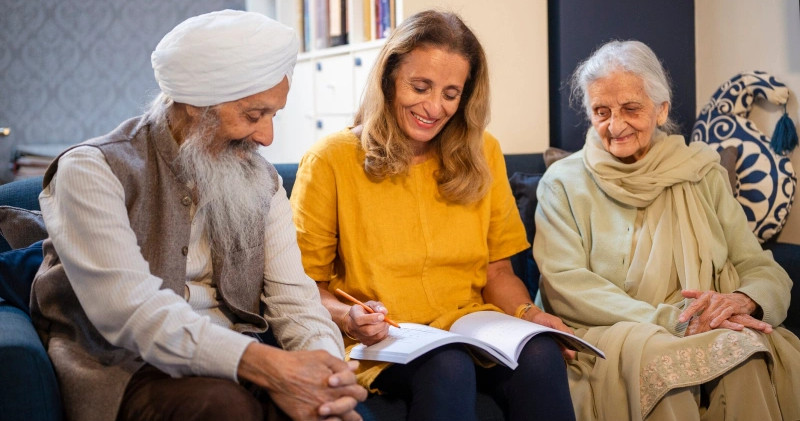Care Homes


There are many things that contribute to this increased risk including, (but not limited to):
However, in many cases taking action at the right time can actively support an individual and reduce the risk of falls and harm from falls.
The factors that contribute to a person’s risk of falling are unique to them. For this reason, it is important that the approach to managing and preventing falls in care homes is person-centred and tailored to each individual resident. Implementing successful strategies to reduce falls risk can have a huge impact on a resident’s level of independence, participation, and enjoyment in life.
This page is designed to provide information and useful resources for carers and care providers working in the community.
The World Guidelines for Falls Prevention and Management for Older Adults (2022) and NICE Guidance ng249 – Falls Assessment and prevention in older people and in people 50 and over at higher risk (2025) provide some clear and useful guidance on how best to assess for and manage falls risk for residents of care homes. This guidance is summarised below:
For full guidance visit https://www.bgs.org.uk/world-guidelines-for-falls-prevention-and-management-for-older-adults-a-global-initiative and https://www.nice.org.uk/guidance/ng249
An important part of falls prevention planning in the care home is learning from falls that have happened previously, to help reduce the risk of a similar fall happening again. Recording and reporting falls consistently is key, to allow for review and analysis of potential themes or patterns.
Things to remember when recording falls:
Follow your local policy for reporting and post fall checks for your resident.
An excellent online training package designed specifically for staff working in care homes. The package includes educational videos, print-outs, and a phone app to help staff learn about falls risk factors and interventions to reduce them.
Help and Contacts

Choose which sections to include in your personalised Falls Guide.
You can download it as a PDF to print, save, or share with family, friends, or others.
Please note that the advice contained on this website is not intended to replace the advice of your GP or other health professional